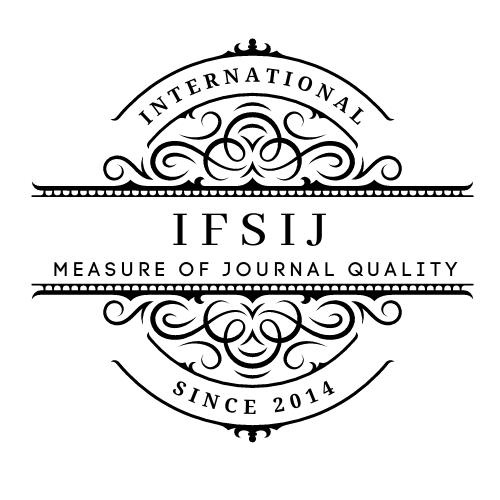COMPARATIVE STRUCTURAL ANALYSIS OF VISUAL COGNITIVE VERBS IN UZBEK AND ENGLISH: MORPHOLOGICAL, SYNTACTIC, AND SEMANTIC PERSPECTIVES
Keywords:
Visual cognitive verbs, Uzbek language, English language, semantic analysis, morphological features, syntactic structure, cognitive linguistics, perception, visual process, comparative analysis, polysemy, metaphor.Abstract
This study provides a comparative analysis of the structural features of visual cognitive verbs in Uzbek and English languages. The morphological, syntactic, and semantic aspects of these verbs are examined, identifying similarities and differences in expressing visual perception. In Uzbek, verbs take various grammatical forms through suffixes and represent different processes related to vision. In English, visual cognitive verbs exist in regular and irregular forms, reflecting various aspects of vision as well. Additionally, the process of seeing in both languages encompasses not only physical perception but also cognitive processes such as knowing, understanding, and awareness. The study also considers the metaphorical meanings of these verbs and how they reflect cognitive processes in linguistics.
Downloads
Published
Issue
Section
License

This work is licensed under a Creative Commons Attribution-NonCommercial-NoDerivatives 4.0 International License.















